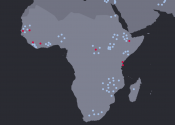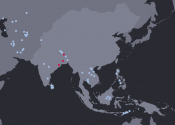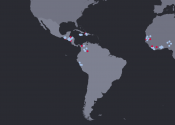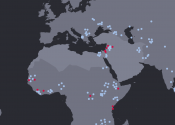Speeches Shim
Africa
Today, Africans are the architects of their development, not just beneficiaries. Donors support their plans, they do not dictate them.
Asia
USAID plays a vital role in partnering with the countries of Asia to ensure that the development decisions they make today help realize their long-term success by moving them forward on their journeys to self-reliance. We define this end-goal as the day when they are able to plan, finance and implement solutions to solve their own development challenges. We focus on fostering inclusive and equitable growth, promoting and strengthening democratic institutions, and improving natural resource management, which are key to helping partner countries achieve sustainable self-reliance. Our actions to help shape a more stable and prosperous Asia region advance U.S. security and economic priorities, including those outlined in the National Security Strategy, Indo-Pacific Strategy and South Asia Strategy.
Europe and Eurasia
Having emerged from decades of authoritarian rule, most of Europe and Eurasia
Latin America and the Caribbean
Many Latin American and Caribbean (LAC) nations have experienced monumental growth and change in the past several decades, and USAID has partnered with these countries to make important progress. Despite the global financial crisis, the region averaged a three percent annual increase in economic growth between 2000 and 2012. Health indicators have greatly improved in the region: for example, maternal mortality has fallen from 140 to 81 deaths per 100,000 live births since 1990. Political advances have been notable, as well: free elections, vibrant civil society, and responsive governments are mostly the norm.
Middle East
Ten years after the Arab Spring, progress on democratic and economic reform is uneven across the Middle East and North Africa. There remains significant instability and social unrest in some countries while others, although relatively stable, face significant development challenges as well as negative impacts of both the COVID pandemic and on-going conflicts in neighboring countries. Despite popular protests in a number of countries, economic and political reforms are not yet broadly accepted by leaders as essential to national stability and prosperity.






Comment
Make a general inquiry or suggest an improvement.